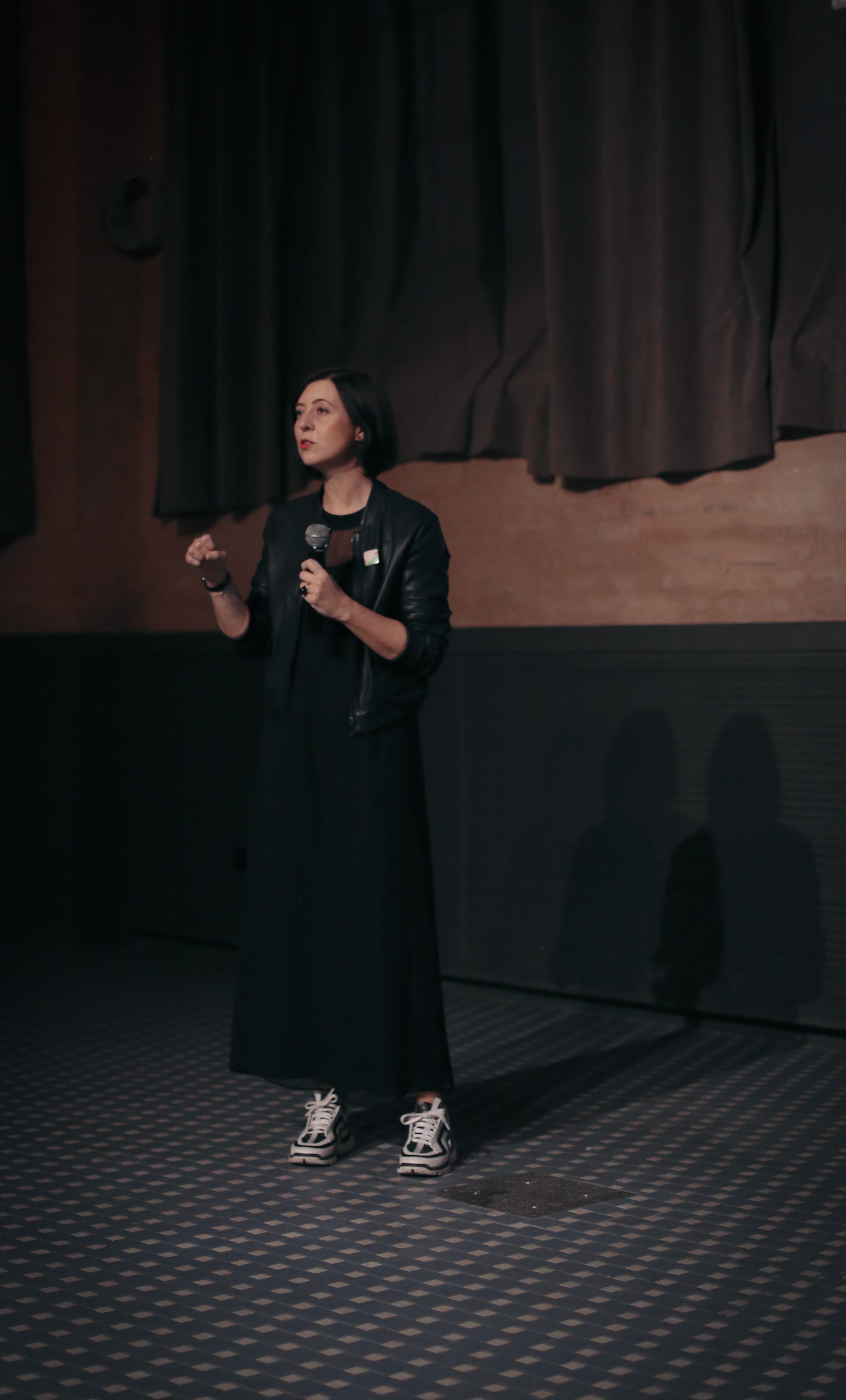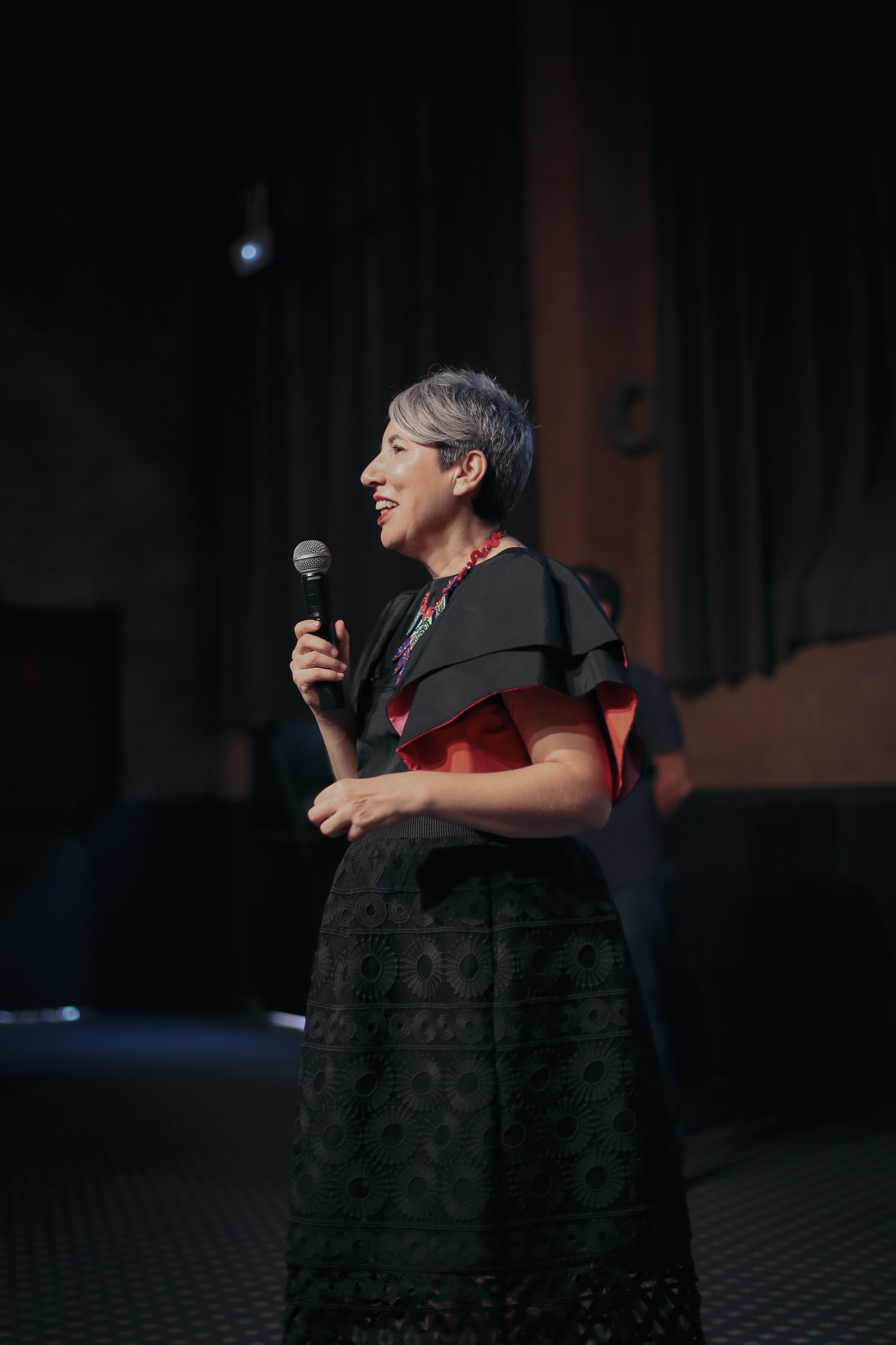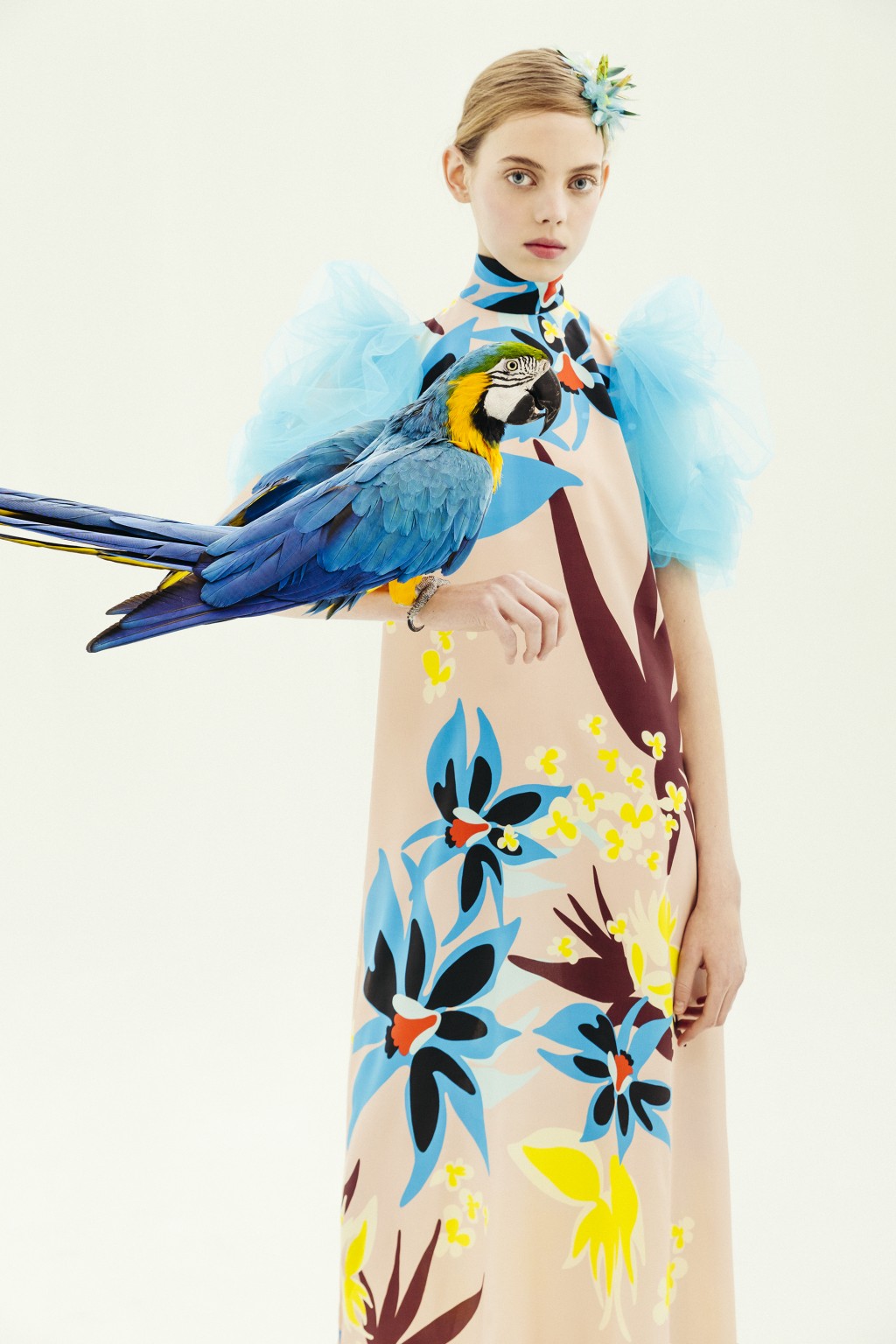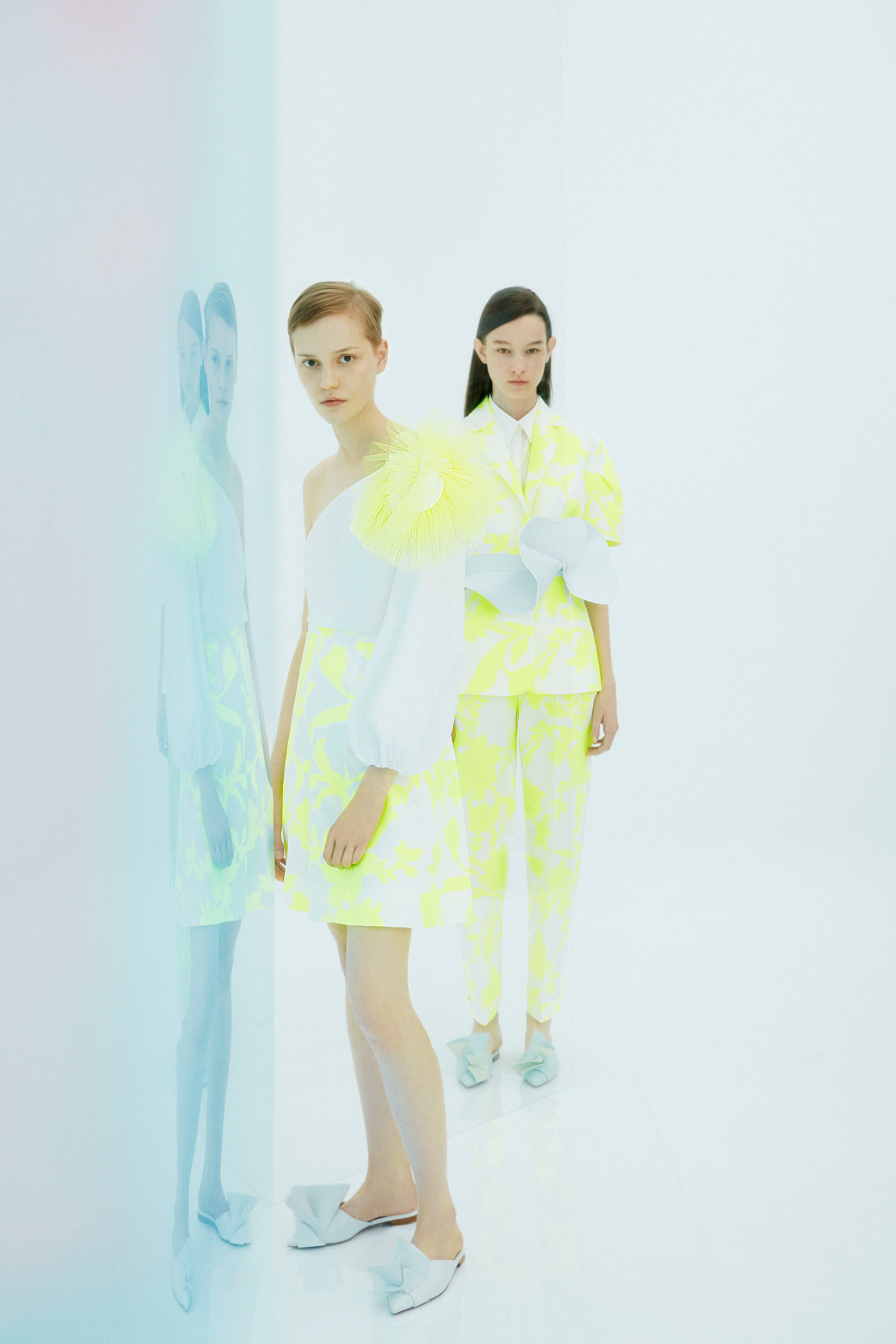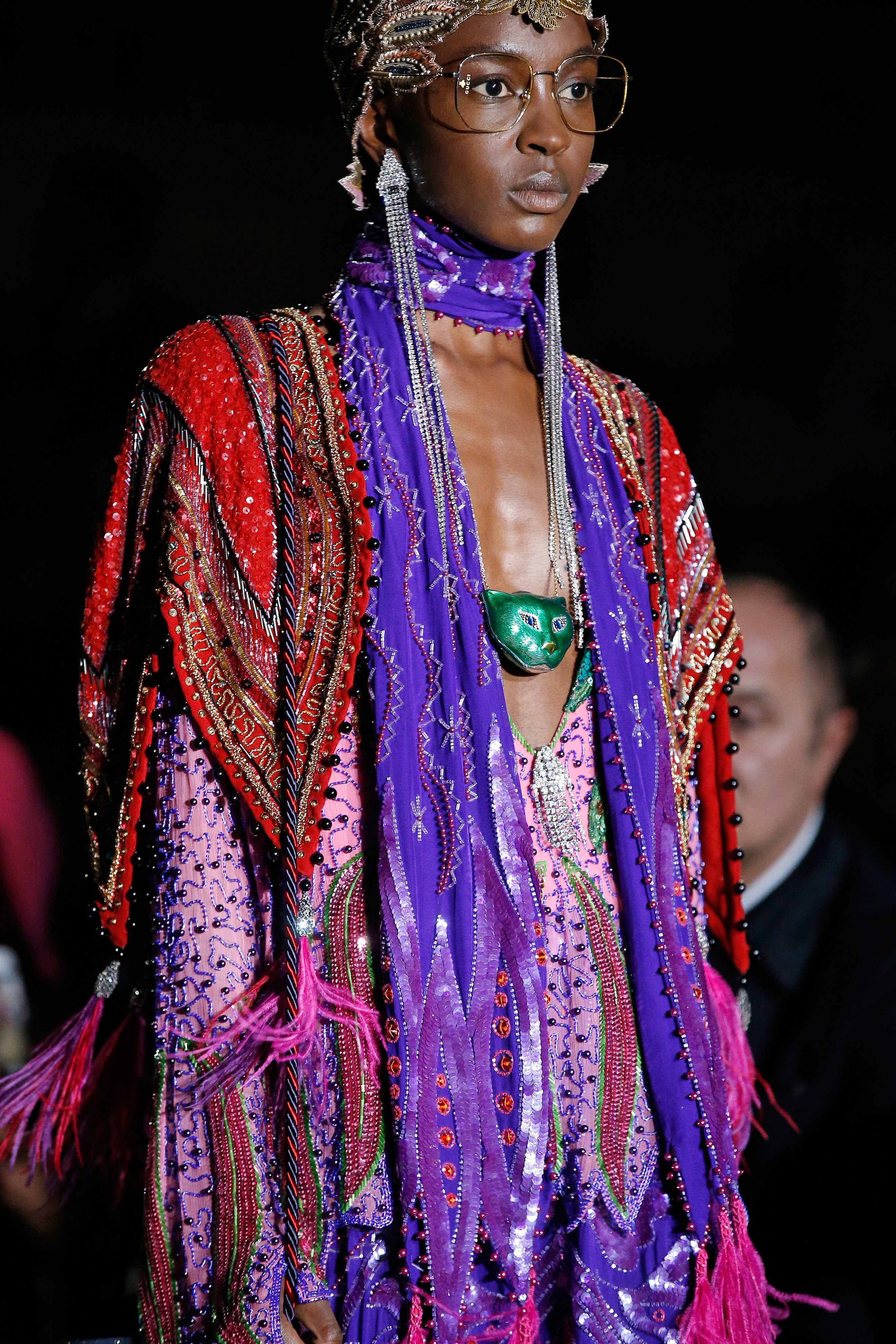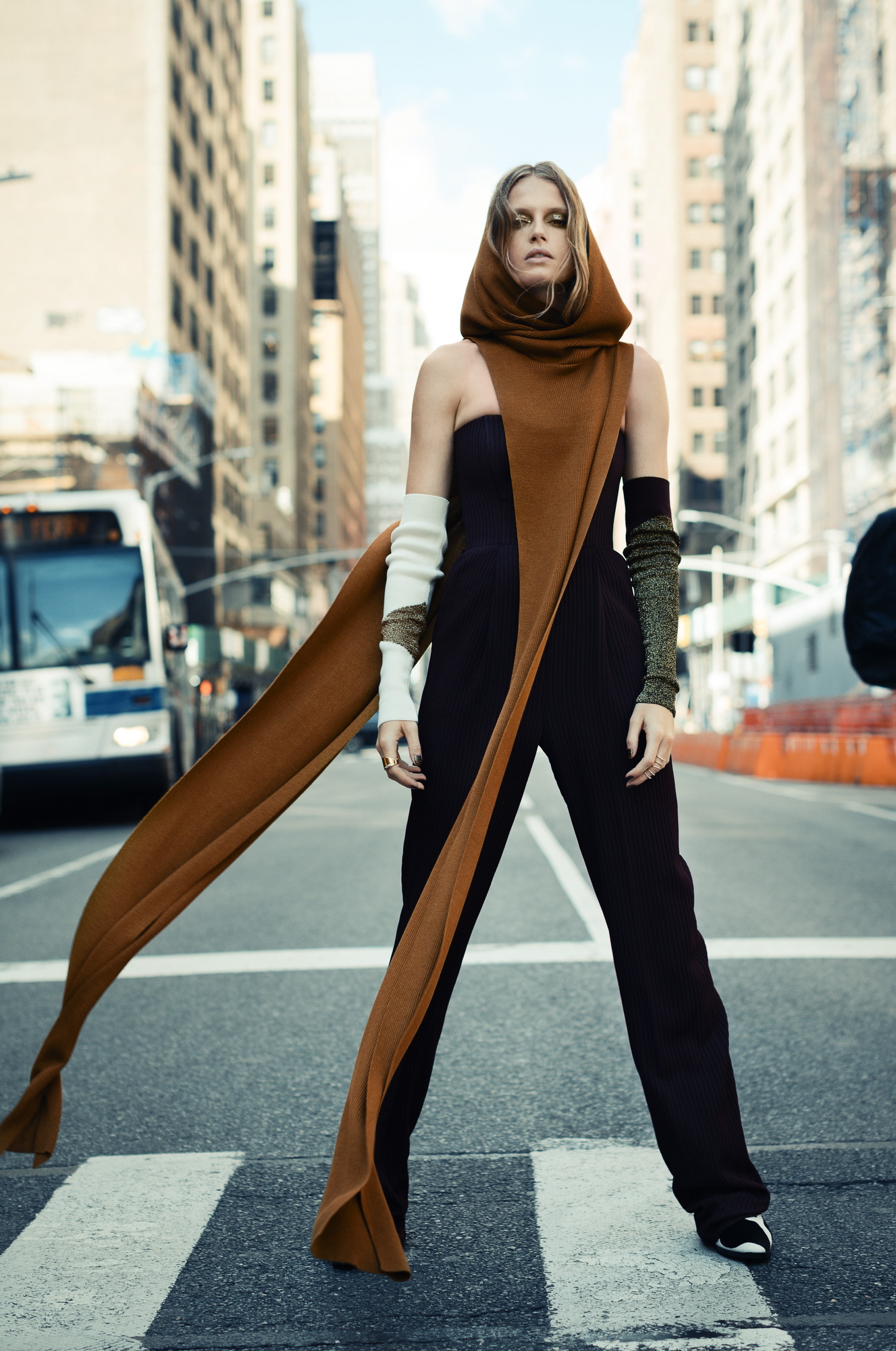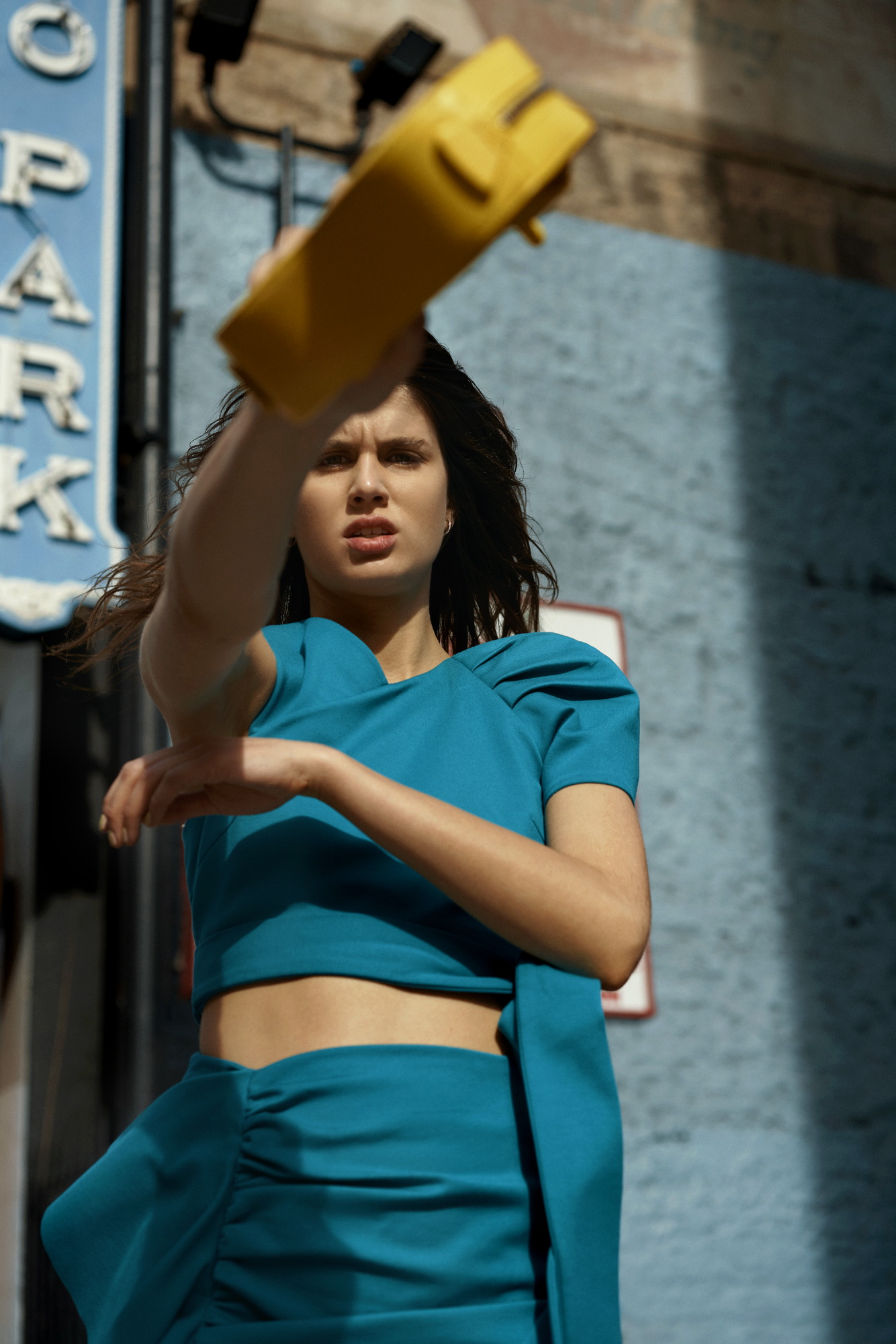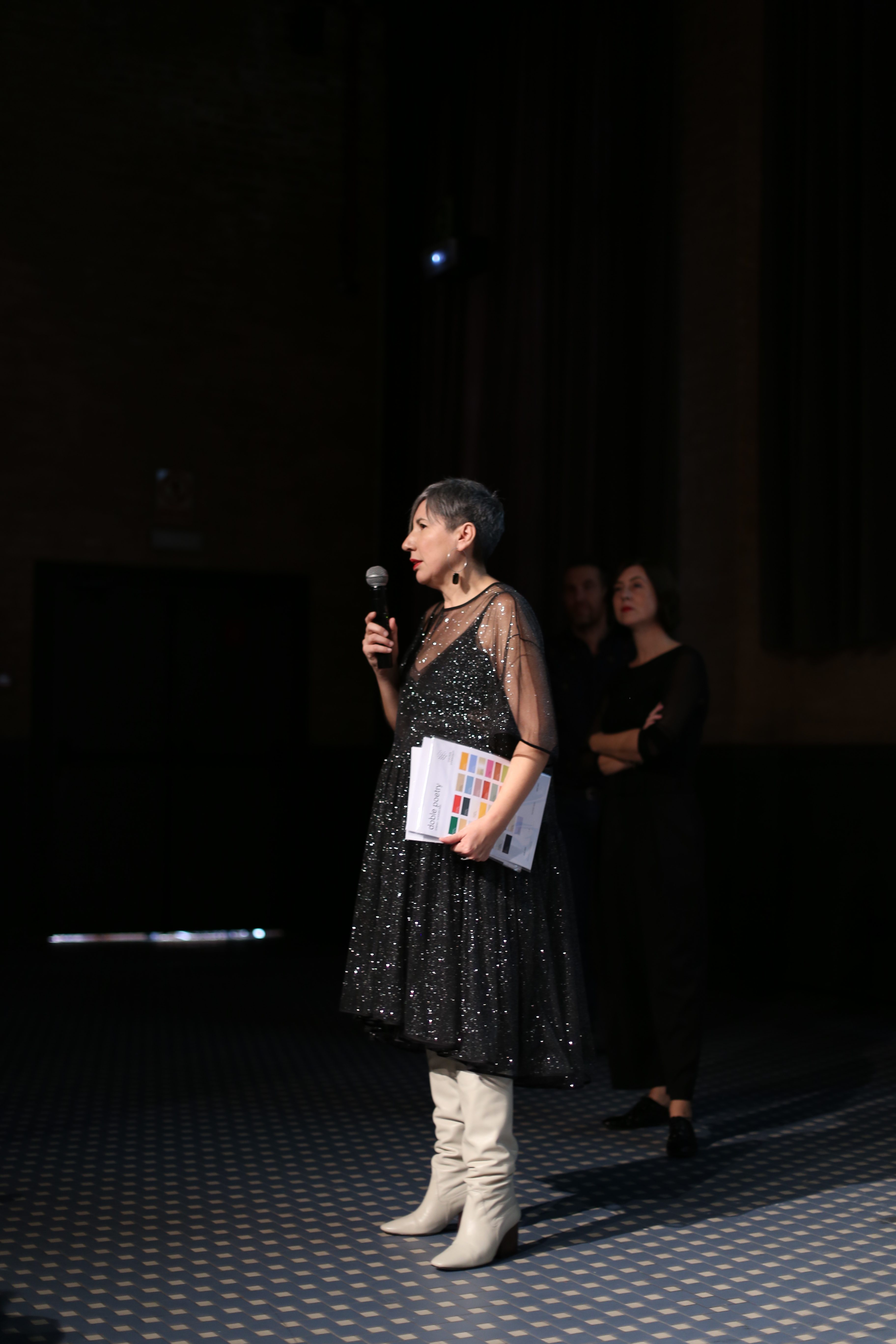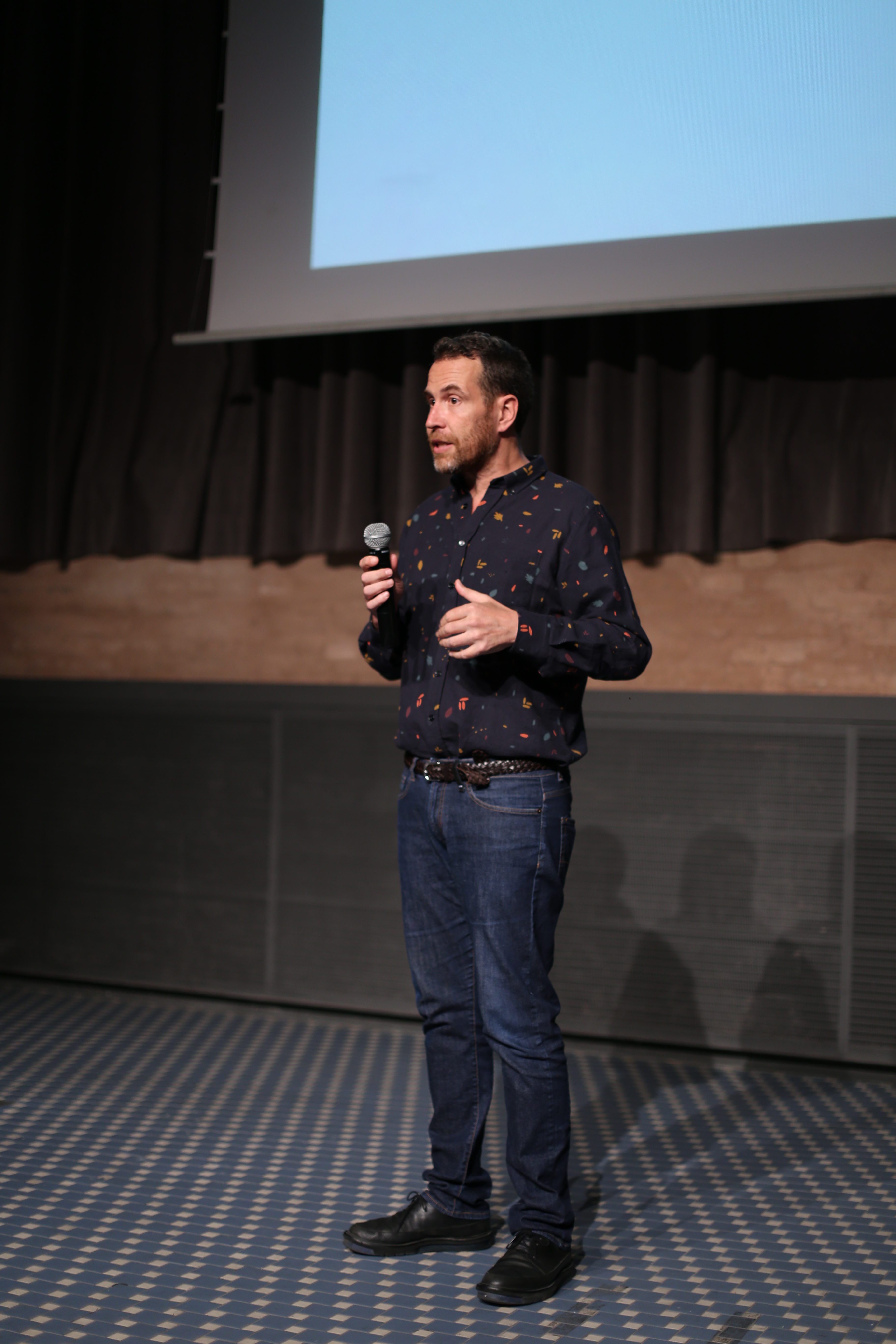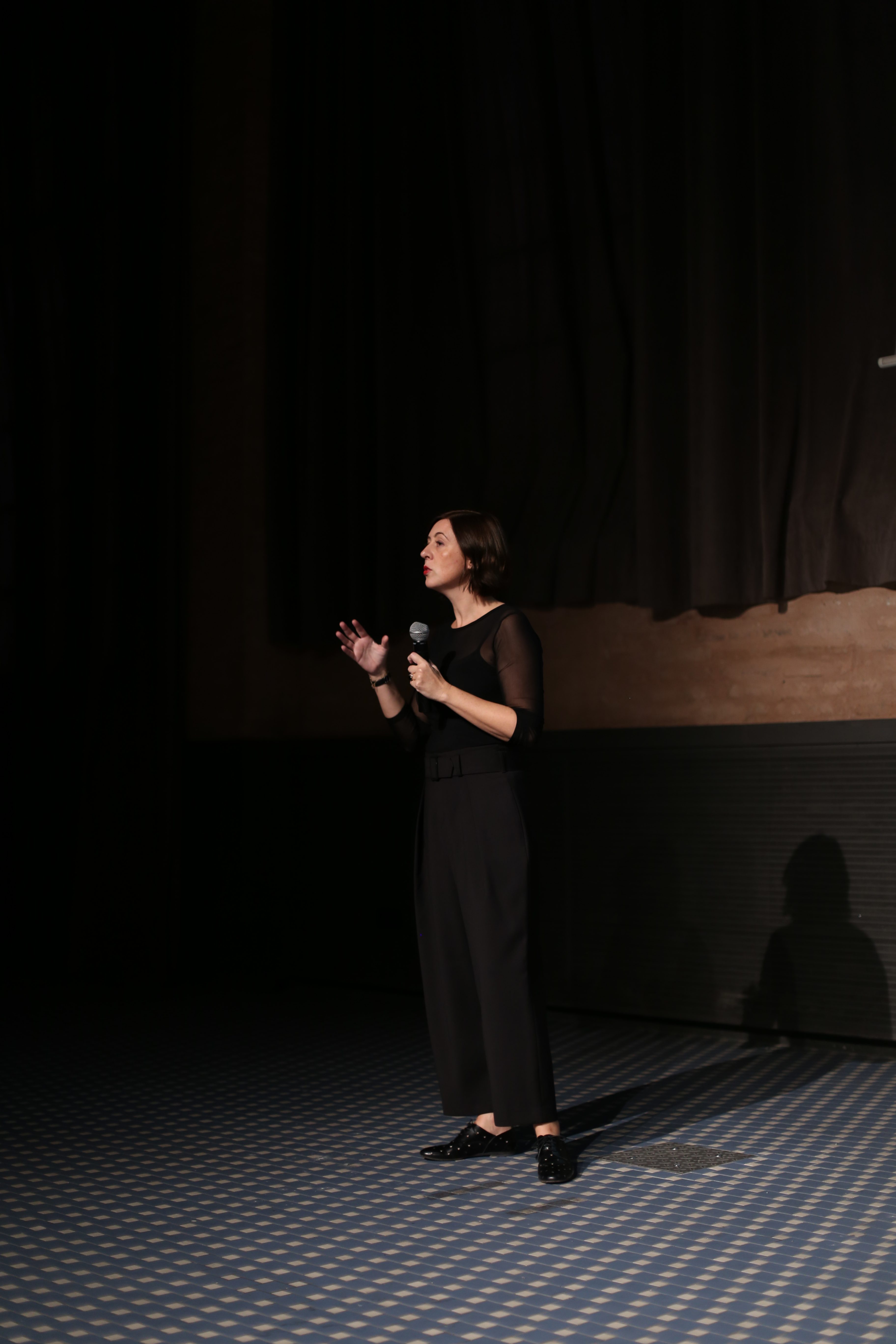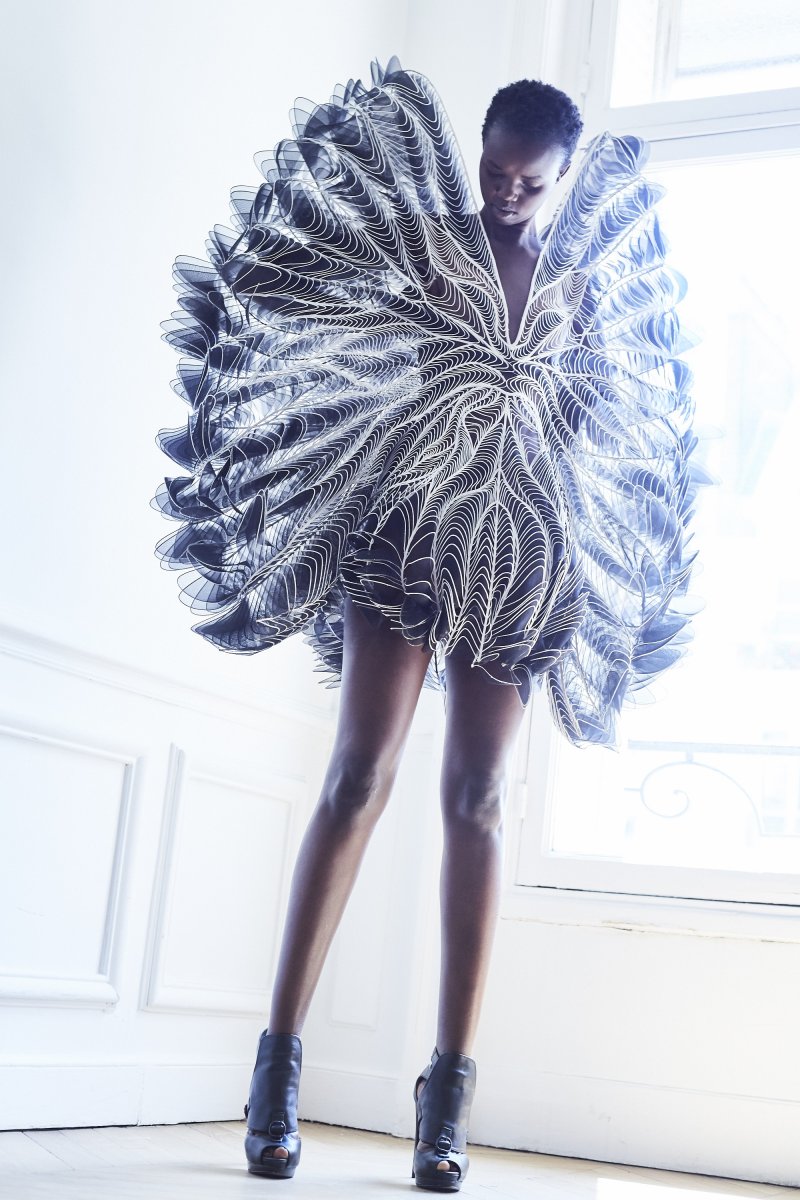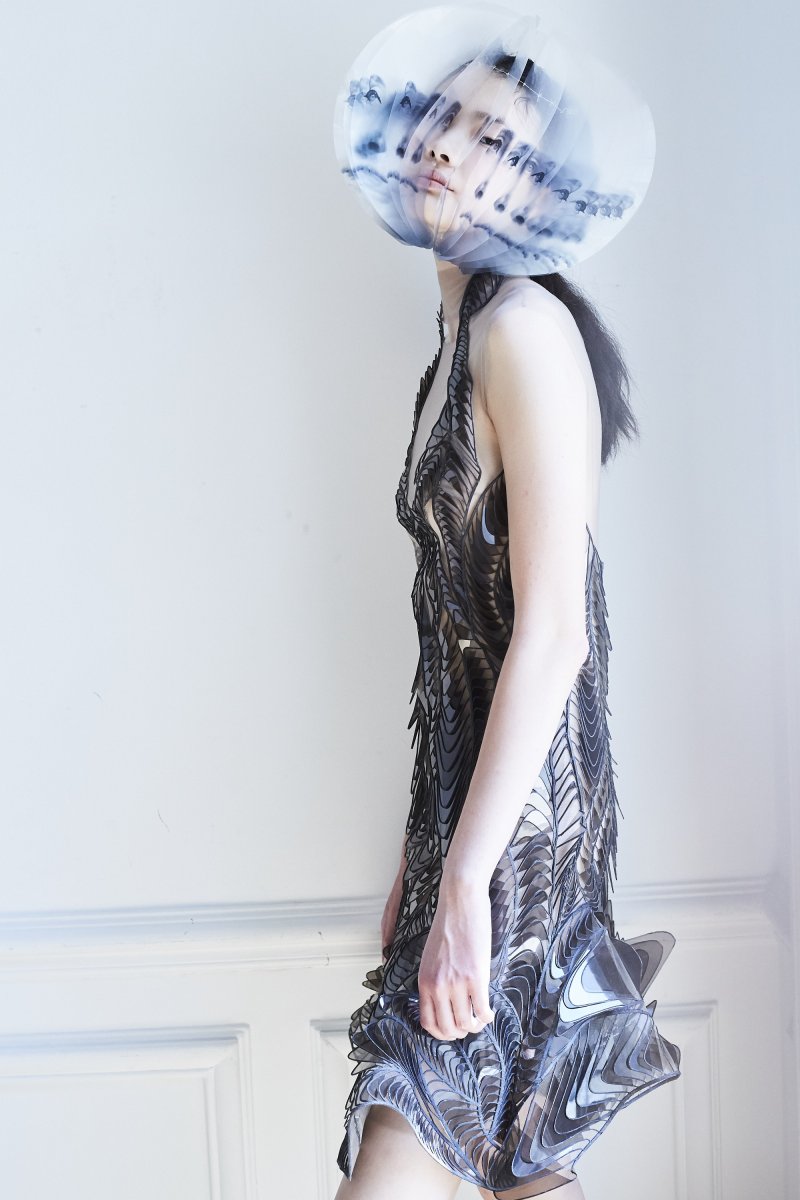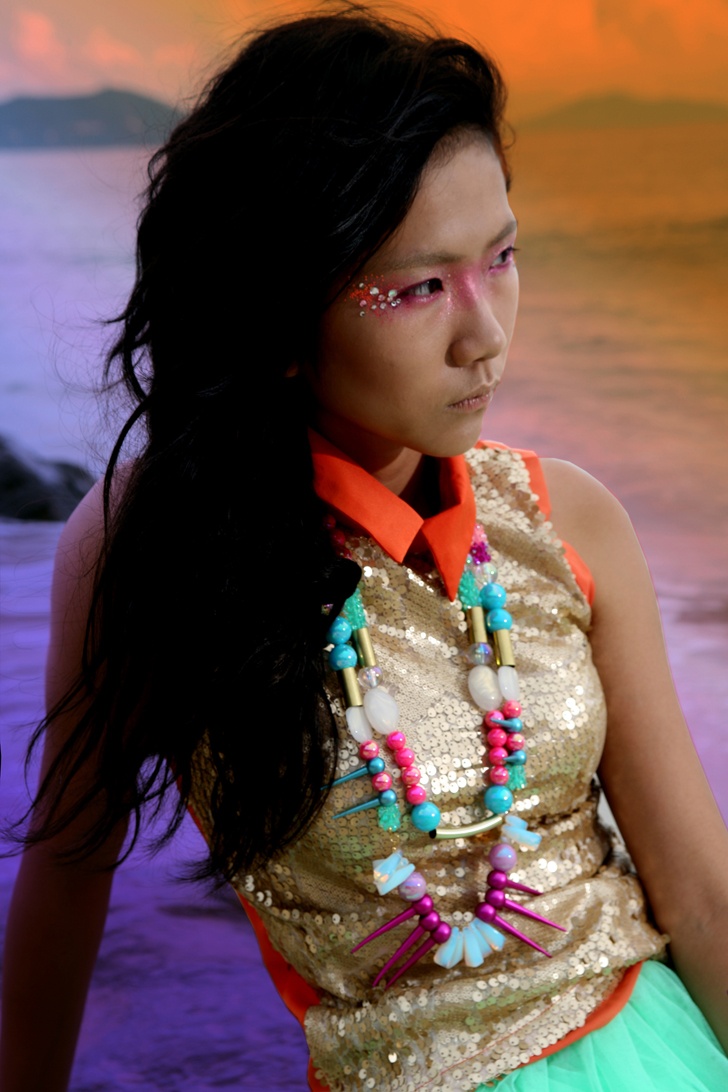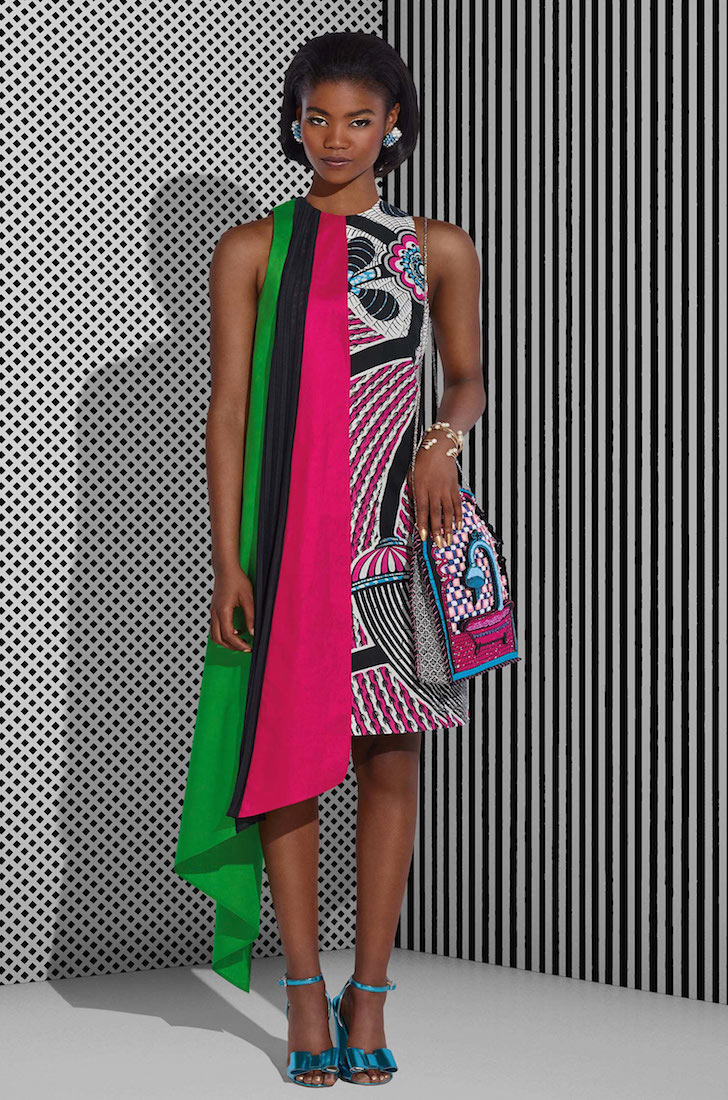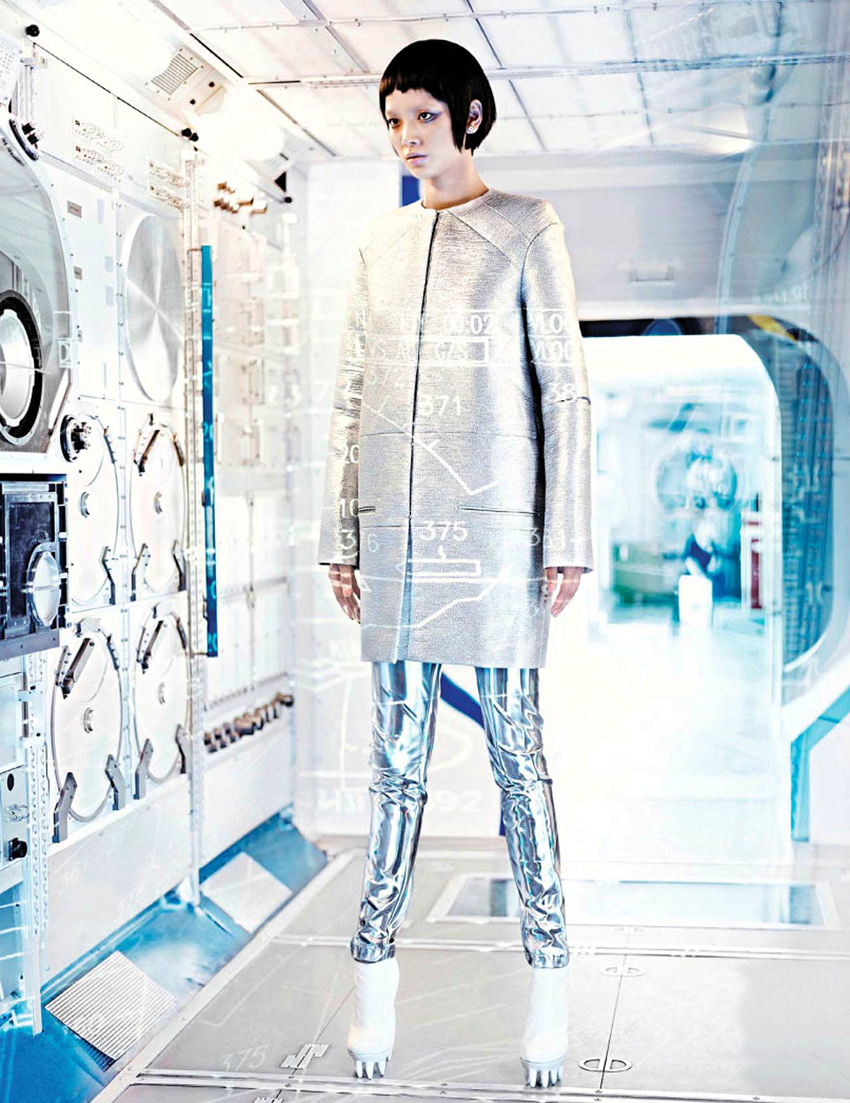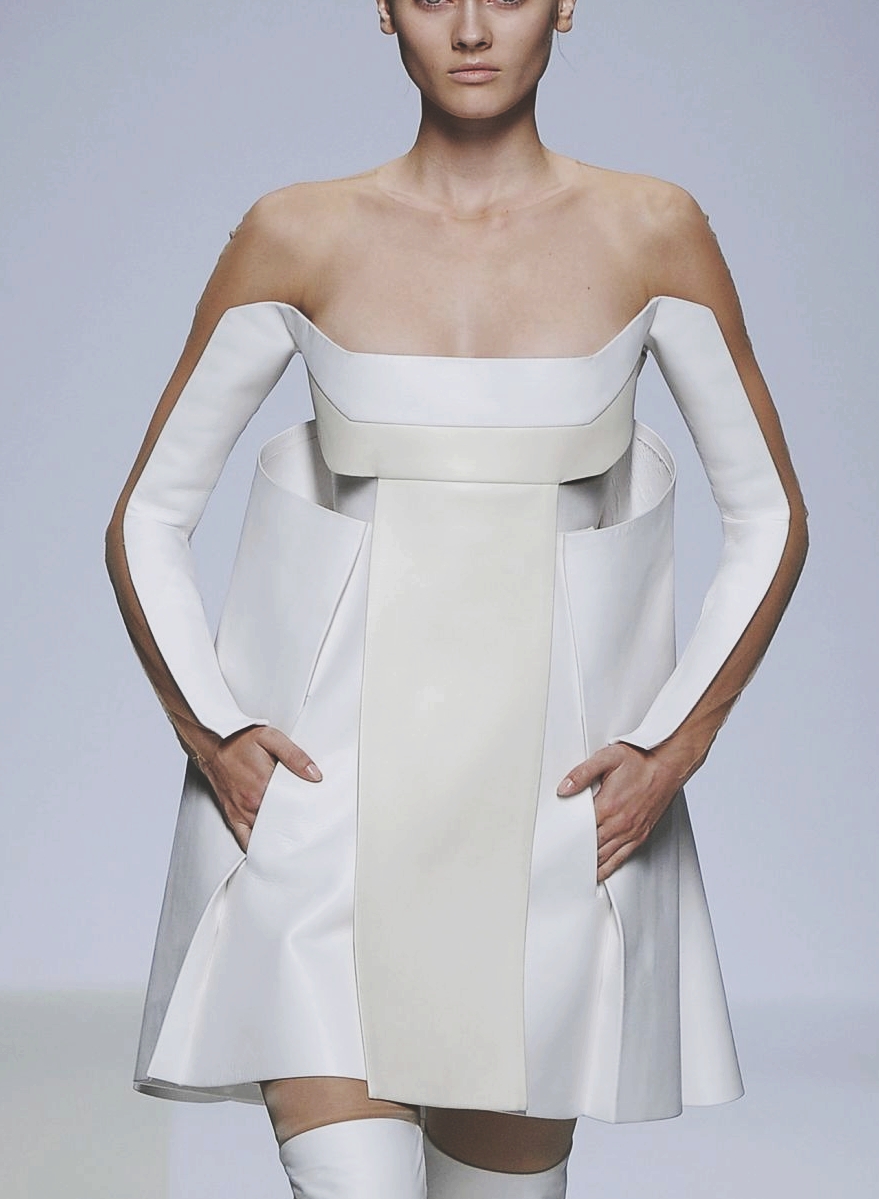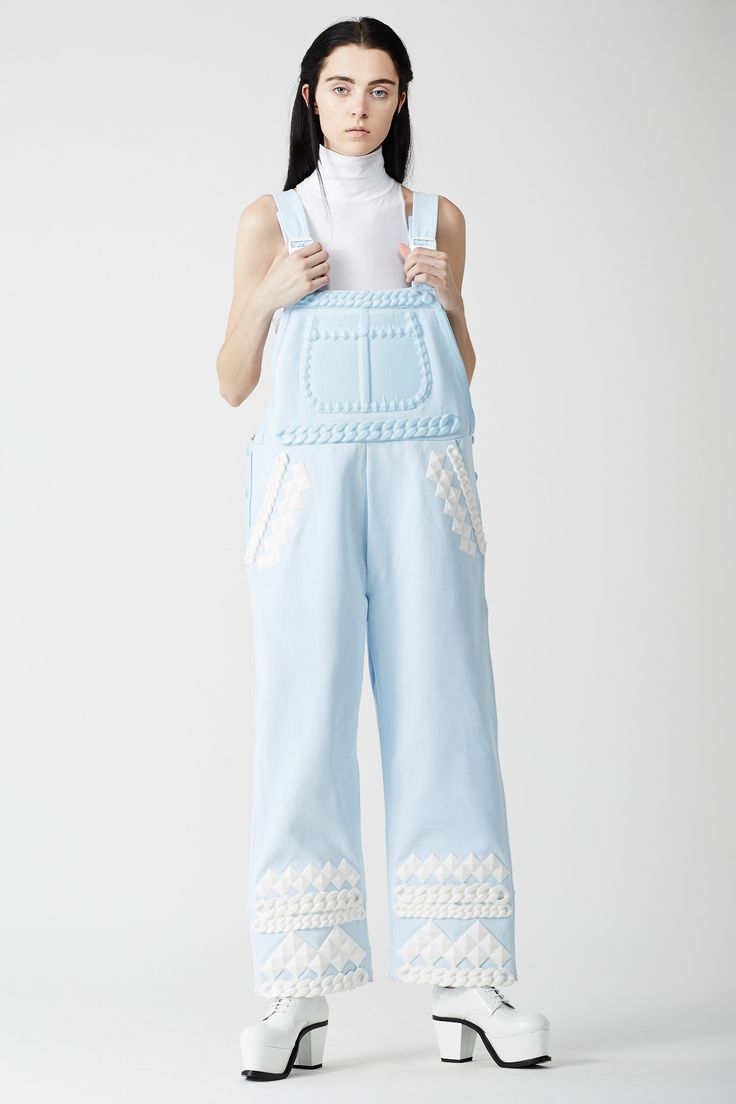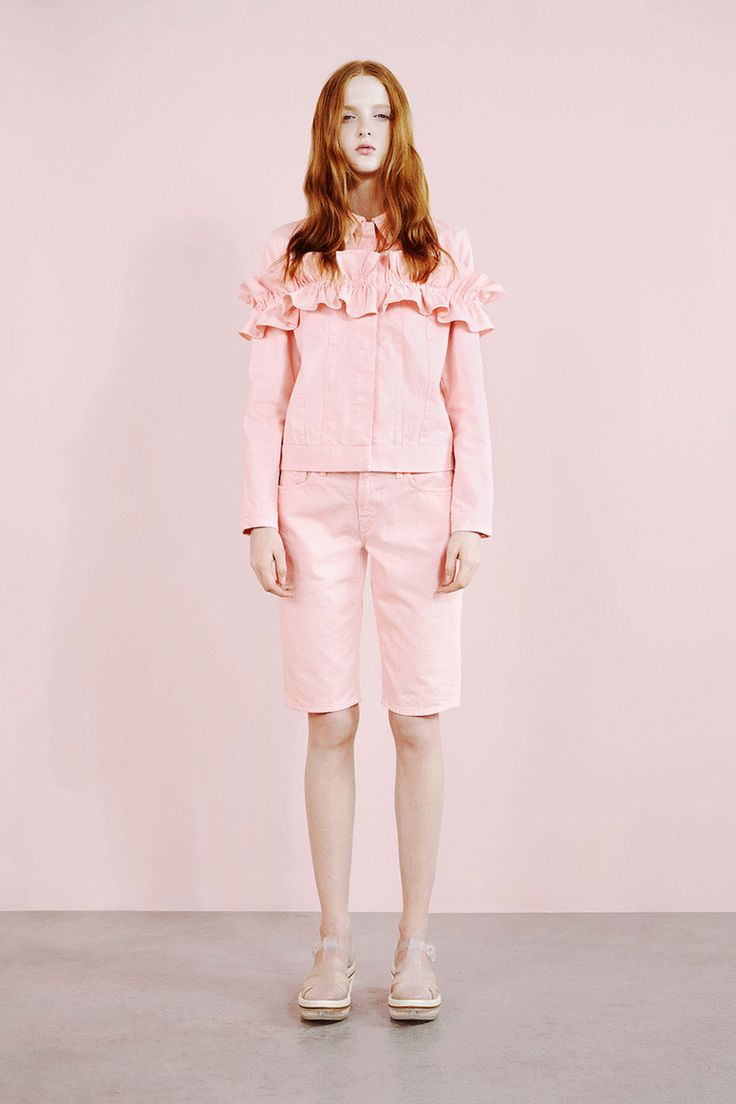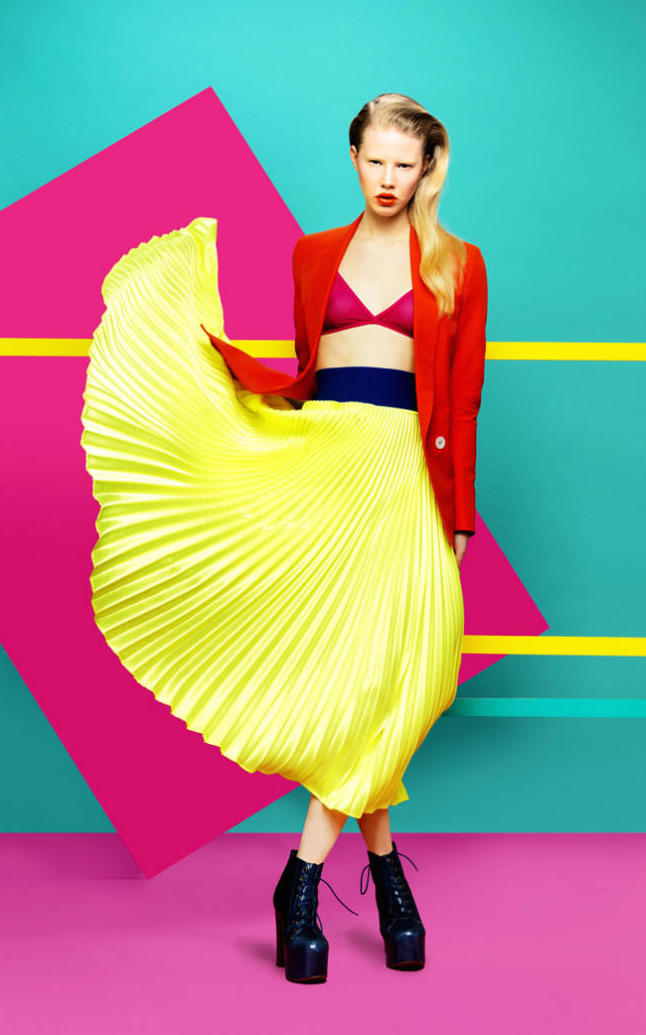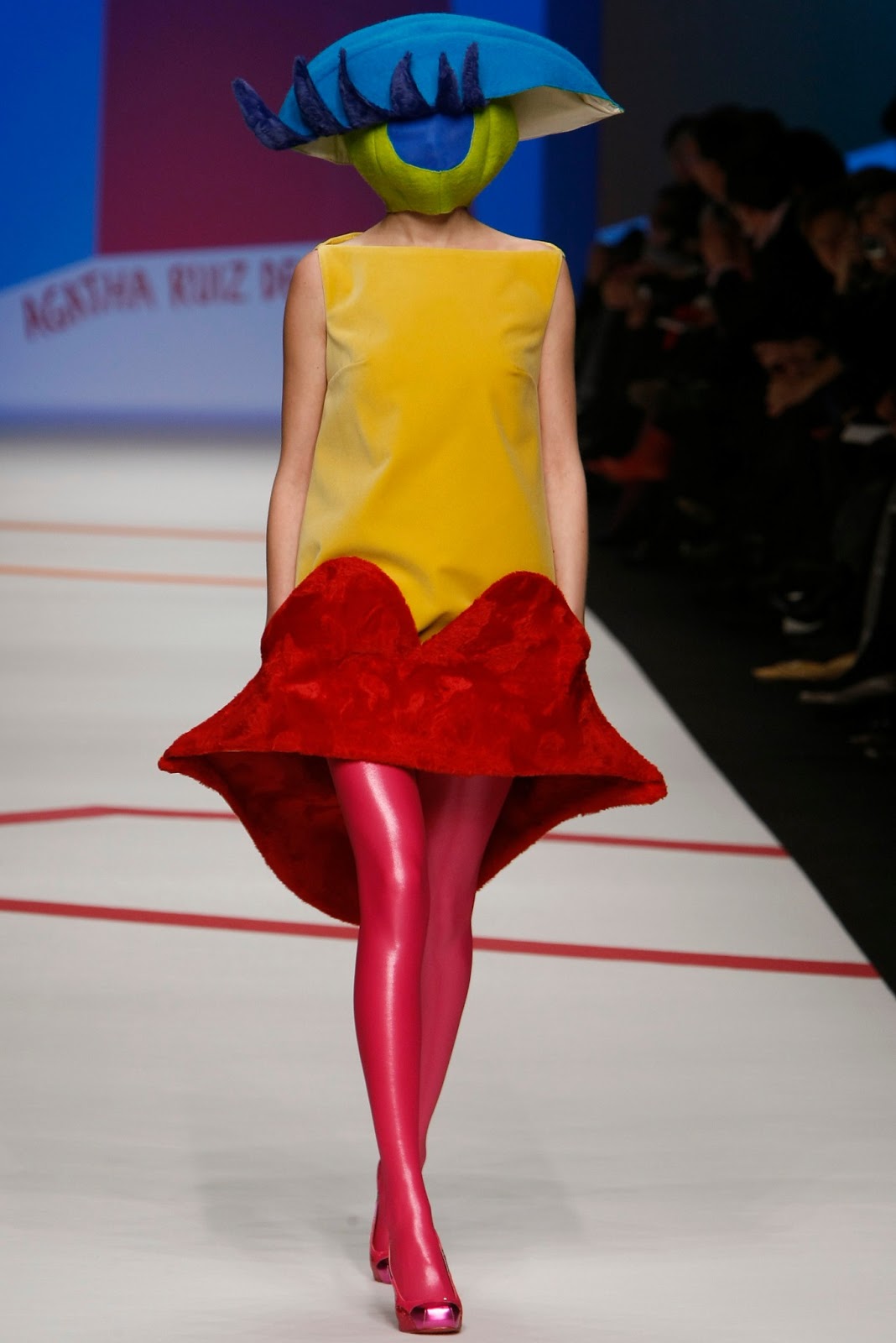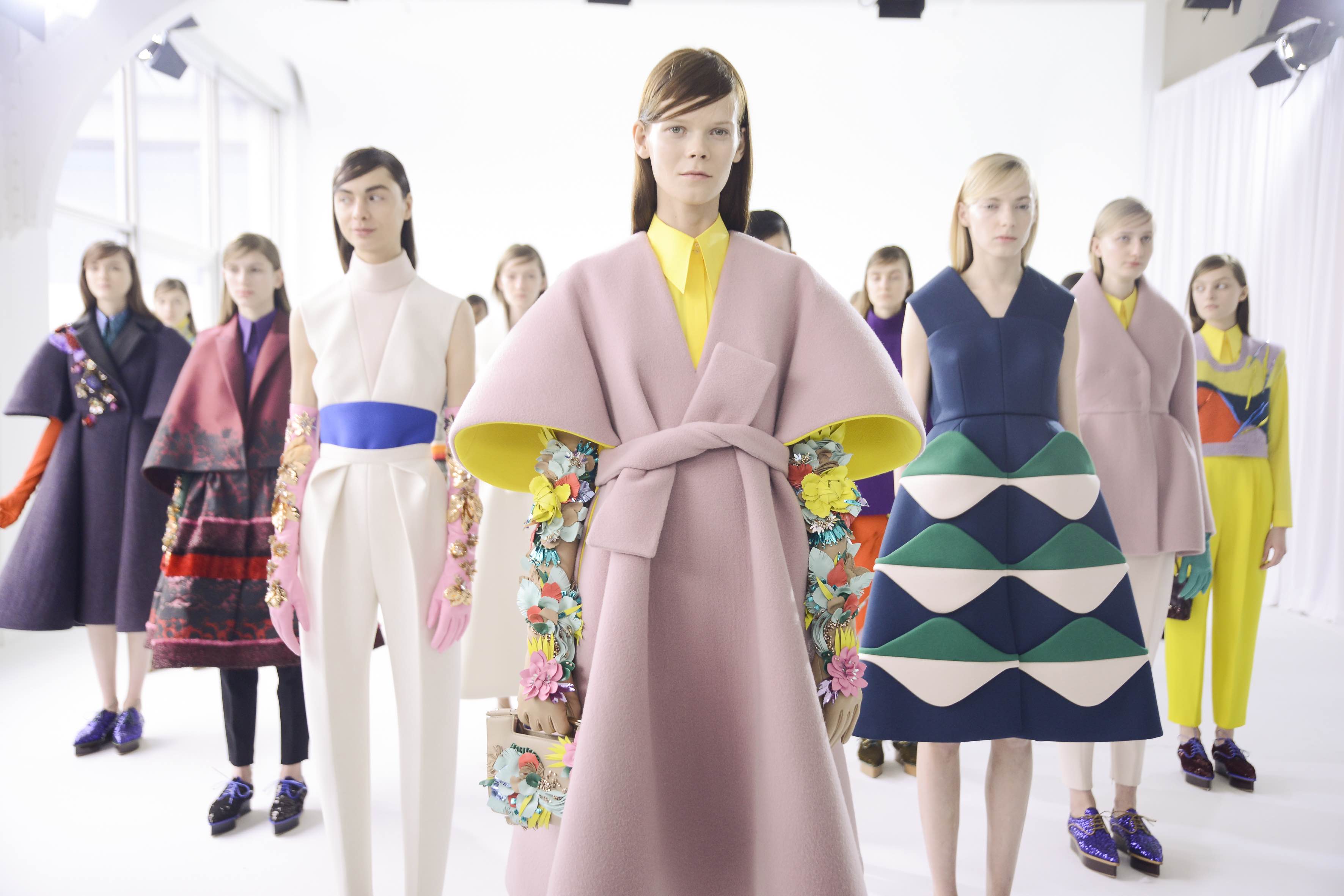
La “comunidad del color” crece edición tras edición generando una gran expectativa entre los profesionales del diseño que se marcan en el calendario, las citas que marca dos veces al año The Color Community. Como ya sabéis, se trata de una iniciativa dirigida por un grupo de profesionales que, desde diferentes disciplinas creativas, comparten un estudio global del color y la materia. Aunque en cada informe que se presenta participan varios colaboradores, el núcleo base lo forman tres profesionales: el arquitecto Pere Ortega; la diseñadora especializada en Colour & Trim, Eva Muñoz; y Rosa Pujol, Textil & Colour Stylist de Gratacós.
Como es habitual, The Color Community se celebra en la Antigua Fábrica Damm de Barcelona, un poderoso colaborador que cede las instalaciones y dispone de refrigerios para llevar a cabo la presentación del informe y un posterior afterwork. En esta decimotercera edición, se presentó la carta de colores que marcarán la temporada Primavera-Verano 2021. Es un informe orientativo que como cada año sirve de inspiración para los profesionales del sector.
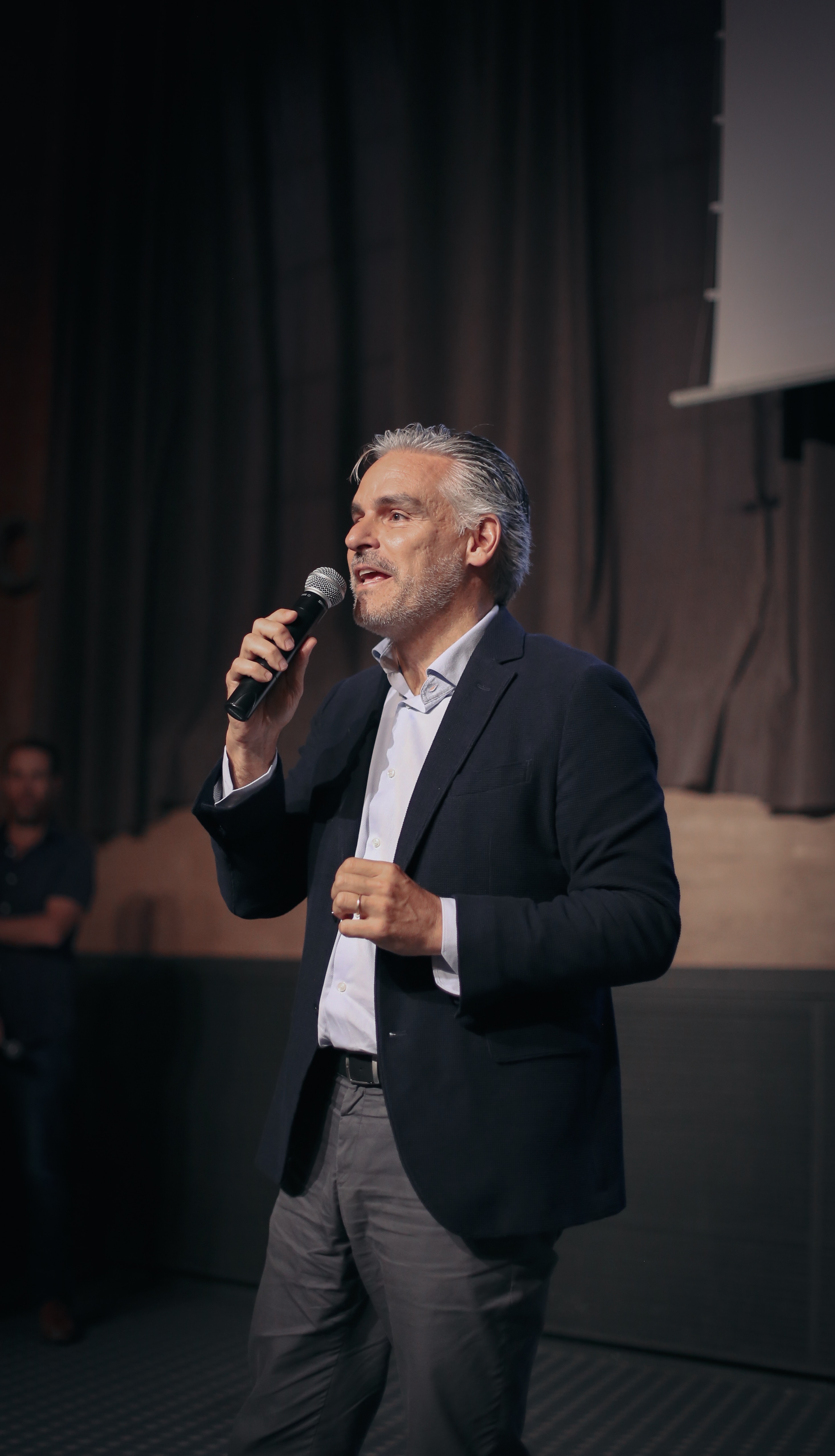
Juan Gratacós: “El tejido sin color sería aburrido”
En nuestro caso, esta cita es siempre imperdible. No solo por la participación de Rosa Pujol, encargada del departamento de diseño de la empresa, sino porque Gratacós se desvive por las gamas cromáticas. “Nos encanta el color y el tejido sin color sería aburrido”, comentó Juan Gratacós minutos antes de la presentación del nuevo informe.
Esta edición se inspira en el concepto de la adaptación con matices positivos. “Le sacamos la carga humilde o negativa a la palabra porque adaptarse no quiere decir conformarse, todo lo contrario”, detalló el arquitecto Pere Ortega en la presentación. Así, ‘Adapt’ se basa en la idea de ajustarse a un contexto determinado, utilizando un tipo de creatividad racional que permita buscar soluciones concisas y válidas. “Nos referimos a la creatividad inteligente que es fruto de una estrategia pensada y reflexionada que encaje con la situación actual. No tiene nada que ver con la genialidad del momento o un brillo puntual”, explicó. La adaptación como símbolo de la inteligencia, de la estrategia racional y la sabiduría popular.
Pere Ortega: “Entendemos la adaptación como un tipo de creatividad inteligente que es fruto de una estrategia pensada”.
La propuesta cromática ‘Adapt’ se estructura a través de cuatro gamas de color, texturas y materias bautizadas como, Afterwork, Baltic Sight, Natif y Modern. A continuación, os explicamos un breve resumen con sus inspiraciones.
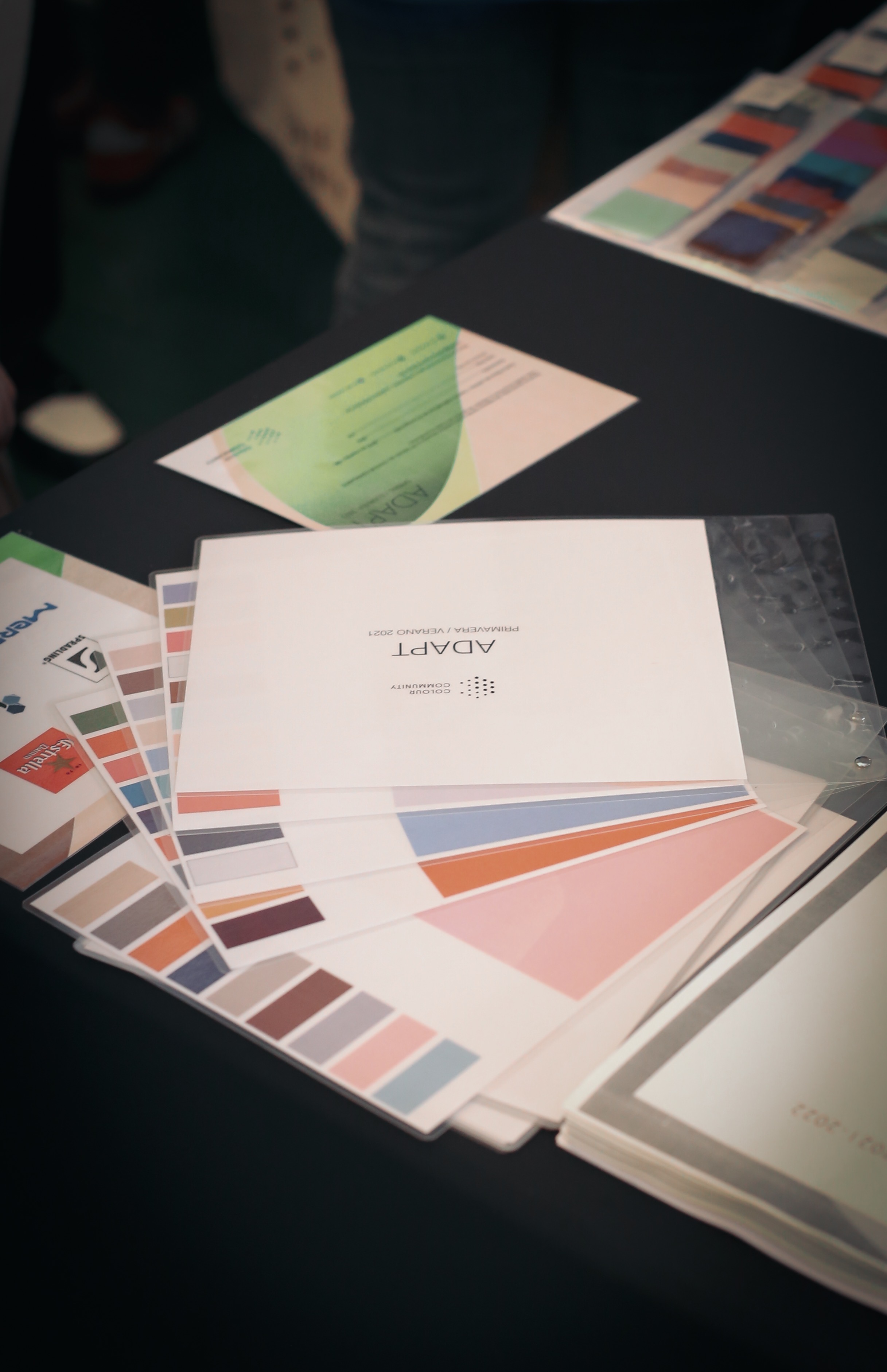
-
AFTERWORK
La primera inspiración se centra en el momento de ocio después de trabajar. Un espacio para el descanso, la diversión y el hedonismo, siempre compartido. Afterwork es una propuesta versátil, que se adapta en estos contextos festivos a través de tonos pastel como el rosa candy o el azul bebé que contrastan con algunos flúores que le dan ese punto de luz necesario en cualquier fiesta: se tiñen de verde lima, amarillo y fucsia. En esta inspiración se introduce el concepto del tono transparente a través de superficies vítreas y texturas y estampados que imitan el reflejo del agua.
-
BALTIC SIGHT
La segunda gama es más introspectiva y toma como fuente de inspiración el mar Báltico que baña los países del norte de Europa. Es una propuesta fría y racional que apela al confort y a la intimidad en esa búsqueda de los refugios interiores. La gama de azules se inspira en las aguas profundas en tonos fríos y grisáceos, verdes apagados y los tonos neutros como el blanco, el negro y el beige. Como nota de color juega con algunos tonos rojizos. La propuesta también hace un guiño a los patrones estructurados, las siluetas arquitectónicas, los estampados lineales y los accesorios verticales. Se trabaja el concepto de silencio.
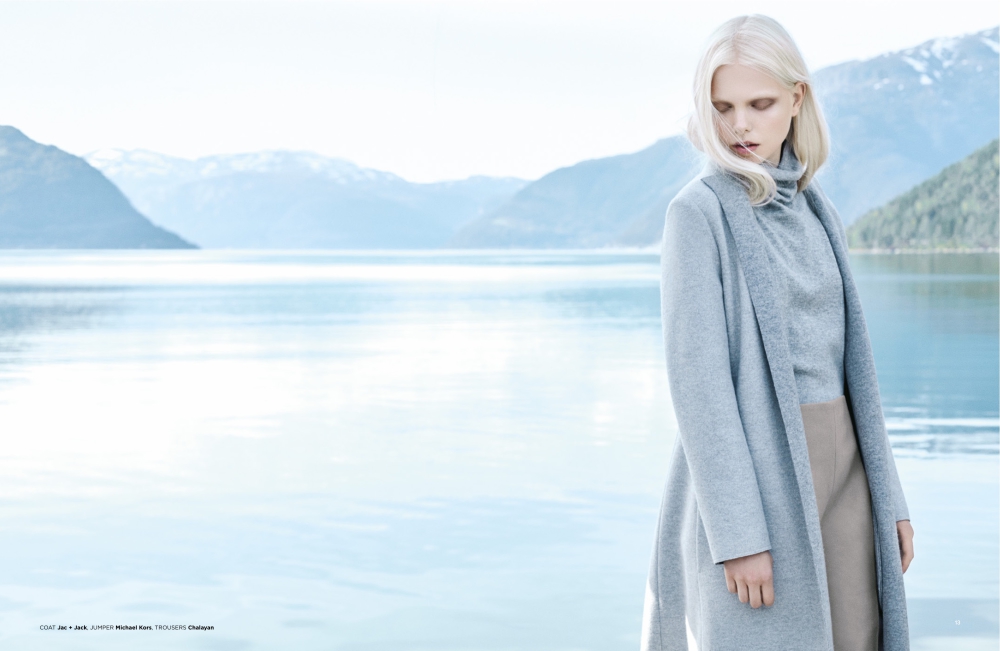
-
NATIF
La tercera inspiración es un homenaje a la autenticidad, a la tierra y a la naturaleza. Representa un giro hacia la artesanía y también quiere transmitir la multiculturalidad con diseños sin denominación de origen. Todo forma parte del todo. La paleta de colores de Natif es vibrante con tonos poderosos que van desde los naranjas saturados, los morados, los azules mágicos y los rojos tierra. Las tonalidades verde se vinculan con las hojas y los bosques. La singularidad cultural se consigue a través de los estampados florales y los que imitan el trazo manual, los motivos geométricos y los acabados rústicos.
-
MODERN
Por último, la cuarta inspiración representa un pasaje por las otras gamas. La ciudad y su vida interior es el motor de la creatividad y la gama de colores expresa como los individuos se adaptan a la ciudad, a la vez que se mimetizan en sus edificios, asfalto, huertos urbanos, zonas verdes… Forman parte de la urbe las 24 horas. Para expresarlo se utiliza una paleta cromática muy sensitiva con colores que aportan vitalidad. Los falsos crudos, los verdes apagados, el azul petróleo, el rosa pálido, el denim, el naranja excéntrico…conviven con siluetas minimalistas, materias tableadas y estampados lineales.

After the summer The Colour Community is back with a new inspiring report. The association for those “passionate about colour and materials” has presented the latest innovations in its eleventh edition, held as usual in the former Damm Factory in Barcelona. It highlights a new logo that transmits the essence of the association: the union of several multidisciplinary professionals who together constitute a totality of visions of colour; there is a new website offering consultation and guidance to those interested in investigating the subject and finally a new colour chart that act as a guide to the Spring-Summer 2020 season.
The Colour Community is an initiative in constant evolution that we have supported from its birth because as an international textile company we are also interested in colour and texture and how they are applied in design. The founding team of the initiative consists of three people: the architect Pere Ortega, the designer Eva Muñoz, a specialist in Colour & Trim and Rosa Pujol, Textile and Colour Stylist in the same company. These professionals work day to day with trends and their implications for seasonal and socio-cultural factors, never losing sight of the vision of the market in order to try to adapt to future needs. As they say in their online portal, ” We Do Colour “.
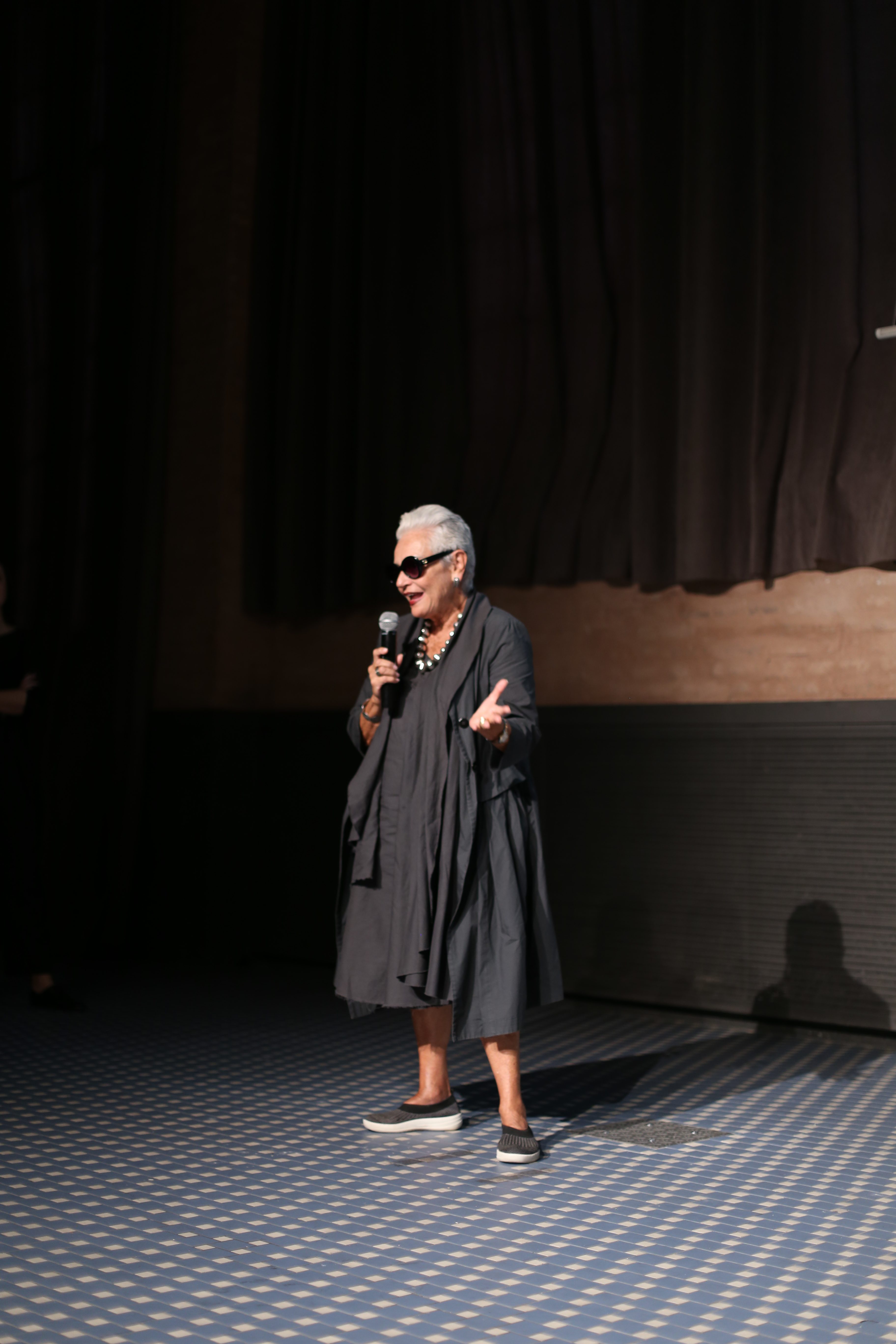
This edition revolves around the concept of ‘ Double Poetry ‘ that refers to duality: antagonisms which are related to each other, such as as the rational and the impulsive, the scientific and the emotional … and concepts that complement each other, but always playing on this linking of two ideas. This fresh and energetic creation is articulated through four ranges of colour, textures and materials and given the names Iced Risk , Los Angeles , Mother Tech and New New .
Below we give a brief explanatory summary of each of them:
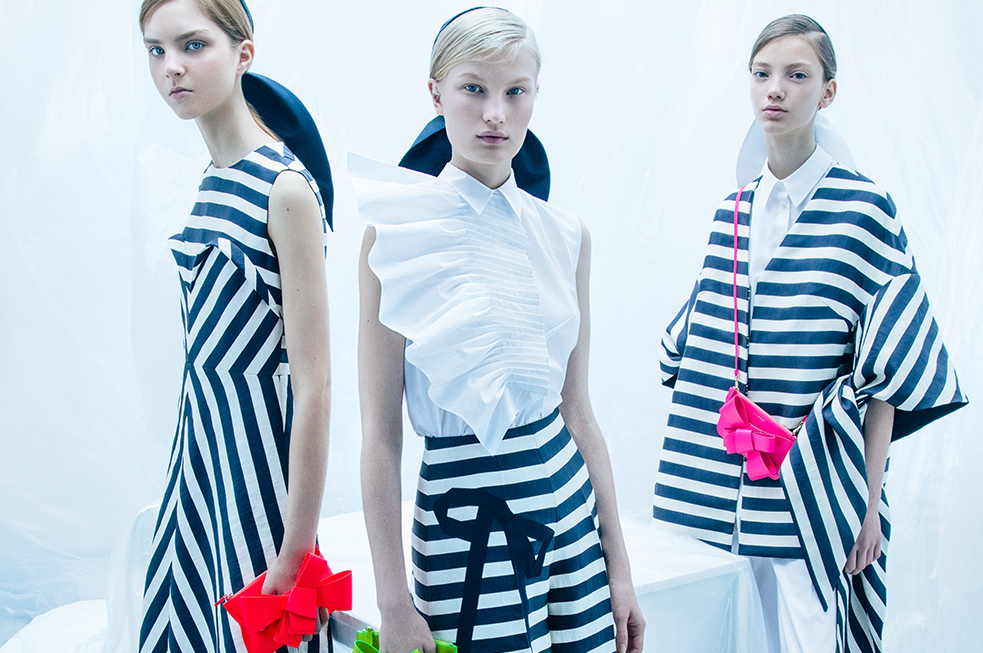
-
Iced Risk
The first inspiration focuses on the idea of controlled risk. For the appropriate consumers it presents innovation in the service of functionality together with design without shrillness. It offers versatility and dynamism centred on geometrical lines, optical illusions, controlled volumes, technical,fluid and pleated fabrics, ethereal silhouettes and some grid motifs. It is represented mainly with a palette of greens inspired by nature, urban blues and brushstrokes of mustard yellow.
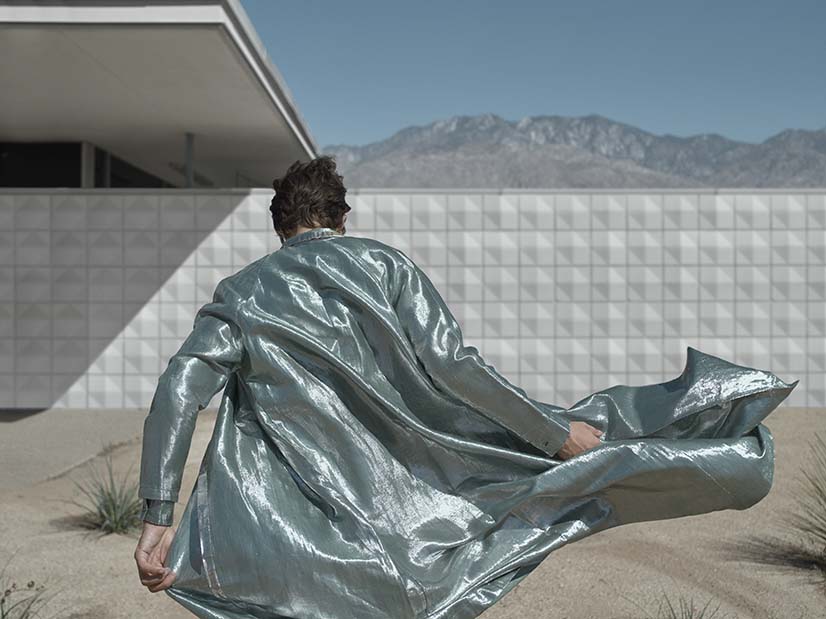
-
Los Ángeles
The second range is more youthful and is inspired by this Californian city and its more relaxed lifestyle. It draws on colour contrasts, forms inspired by water, by surfing and sailing aesthetic … Here there is an abundance of synthetic materials such as plastics, nets, faded or geometrical prints … in bright colours presented en bloc or which contrast with the purest white.
-
Mother Tech
The third inspiration plays with the concept of technology and how it relates to the human being. It is a range which demands creative use and invites you to lose your fear. At the same time it also reflects how technology can coexist with nature and complement it. In terms of textures, it is expressed in experimental forms, water-marks, imperfect fibres, mirror-like sequins, iridescent fabrics, laser cuts … The range of colours goes from mint green to patina blue and metallics, especially the colour silver in both glossy and matt version.
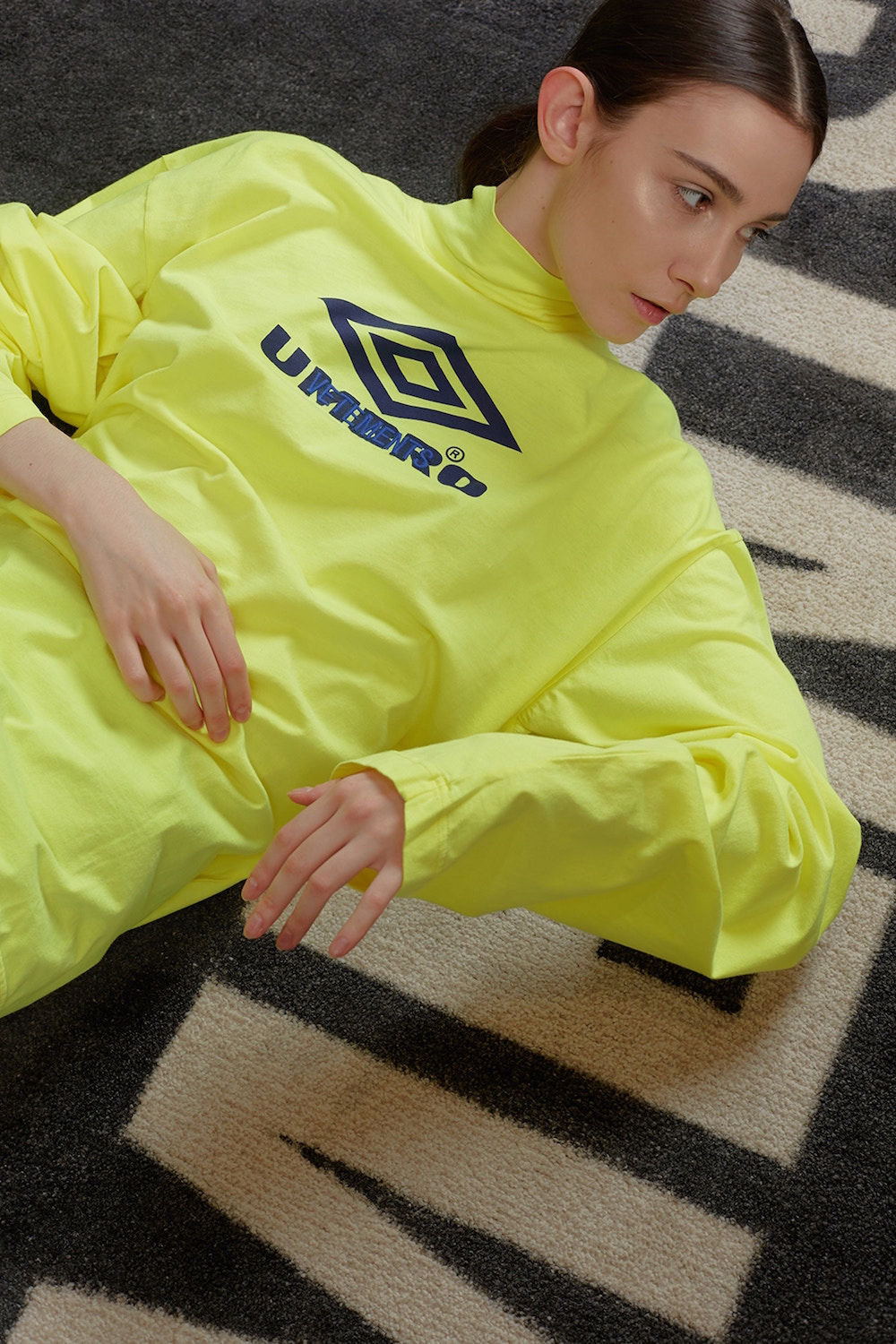 |
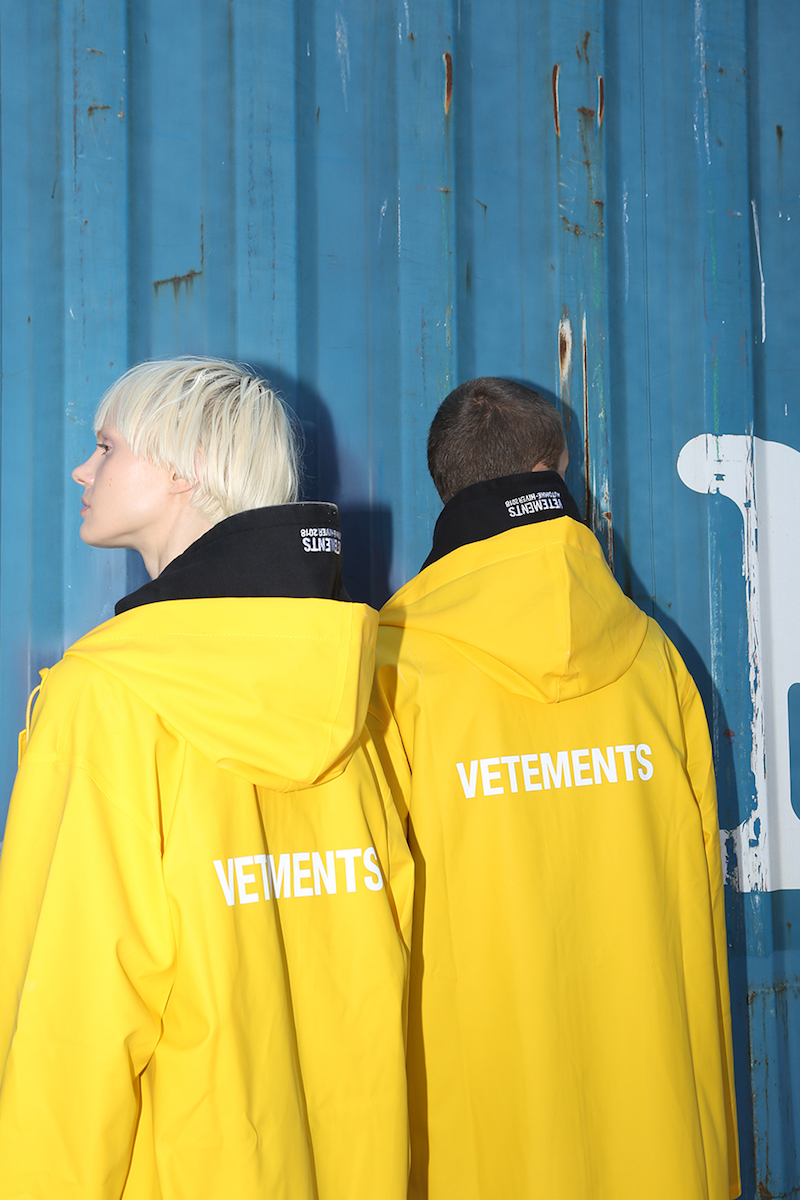 |
-
New New
Finally, the fourth range is the most daring, connecting directly with Generation Z: young people of the 21st century who are now old enough to be consumers. It is inspired by the classics in a contemporary version, by collectors’editions, by the rare avis … It is a renewal of traditional codes for a totally new public unfamiliar with the past. Fabrics such as denim, non-typical shapes, textiles with a message … all combine in this presentation with a chromatic palette of the most strident colours, including yellow, lime green, chewing- gum pink or gold, among other shades
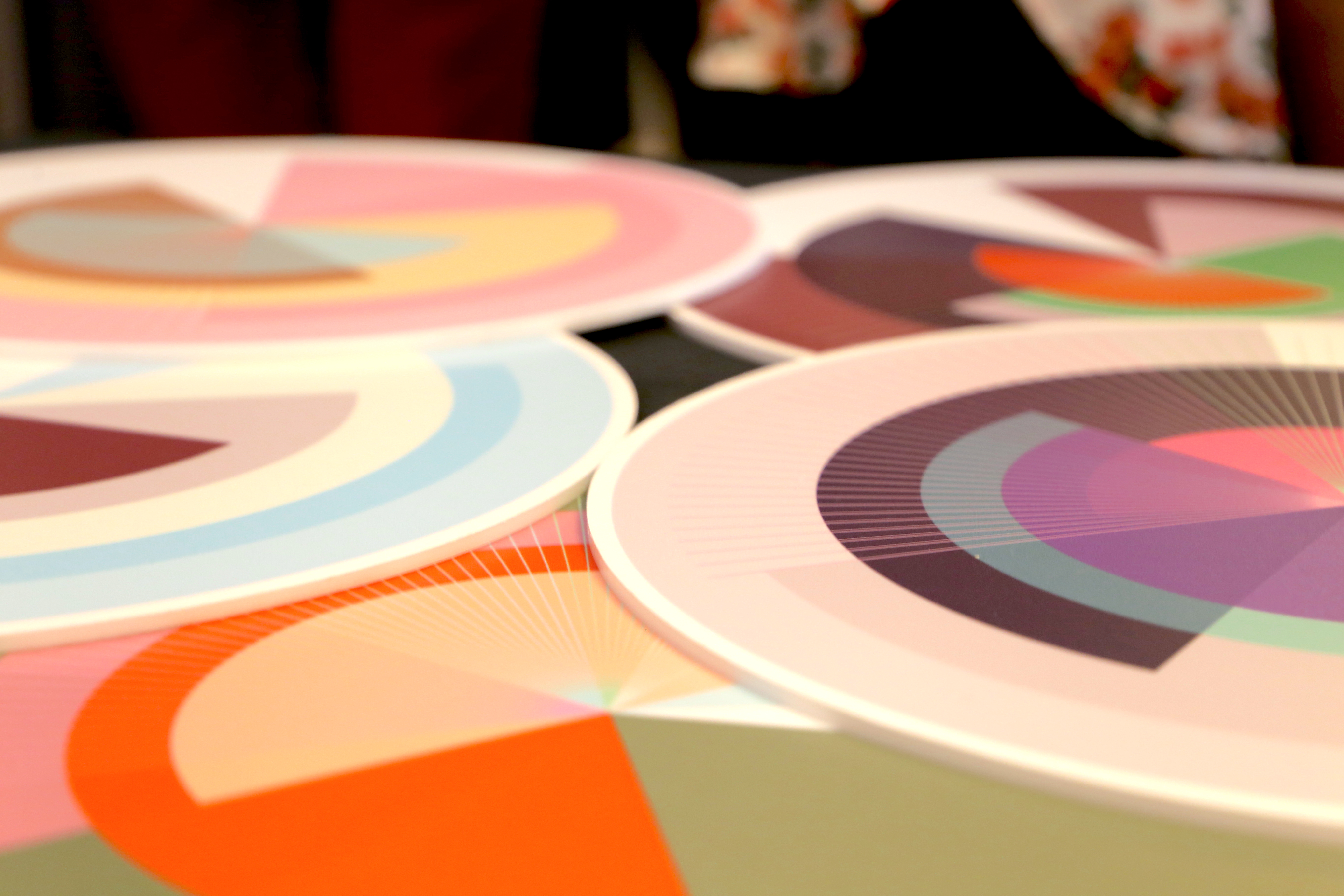
In yet another edition the old Damm factory in Barcelona brought together the sensitive project The Color Community to publicize new trends in materials, textures and colours for the Spring / Summer season 2019. The initiative was organized by three multidisciplinary professionals, Eva Muñoz, designer and specialist in Colour & Trim, Pere Ortega, architect in Saeta Estudi and Rosa Pujol stylist in fabrics and colours at Gratacós, to inspire creative professionals from various fields such as art, fashion, design or architecture. “We do not want to instruct, but to suggest through a palette rich in colours and textures which is very upbeat and energetic , ” explained Rosa Pujol at the beginning of the presentation.
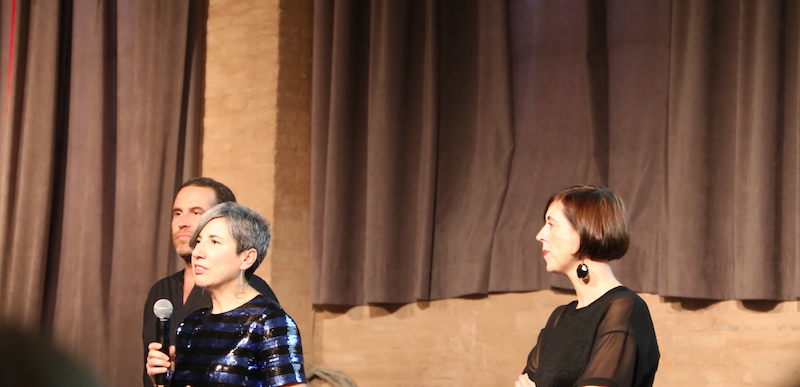
Rosa Pujol: “We do not want to instruct, but to suggest”
In fact, apart from the presentation of the four trends via a video with inspirational images ( parades, campaigns, front pages and still-lifes), other senses also played a role, such as that of hearing, with mood music and that of taste with the tasting of different ice creams, one for each trend. “We want to create a sensory path where all inputs generate different connections and help create a global vision”, declares Rosa Pujol.
This edition of The Color Community focuses on the concept of ‘Synchro’: the constant connection between people and disciplines and how they interrelate with each other . The proposal is articulated through four colour ranges and textures.
1.Newaddresses
It makes reference to multicultural connections with colours and materials that refer to the exoticism of other distant cultures. It aims for a reinterpretation of the ethnic style. There are tribal motifs,tones that mimic spices, cultural graphism, irregular geometry, elements of pop culture and a range of vivid and intense colours with shades like fuchsia, purple, blue or leaf-green.
2.Blur
An emotional trend that connects technology and virtual reality with a touch of nostalgia for the past. Innovation inspired by retro. In this trend synthetic materials abound, with industrial references, iridescent fabrics or luminous fibres. The chromatic palette focuses on technical green, pale blue and greys that act as a bridge between palettes.
3.Me anymore
A calm, quiet and evocative style that aims to promote a pause for reflection and exalt silence. Soft textures without too many reliefs, watercolours, fine lines, multilayers and soft shades like pale pink, sky blue or white with beige tints add colour to this contemplative trend.
4.Sun-risa
It refers to eccentricity, delirium and surrealism. It connects these fantastic worlds with a naïve aesthetic through vivid and bold colours. It is a free and spontaneous style influenced by the plastic arts where there are abundant shades of fuchsia, yellow, turquoise or bright orange.
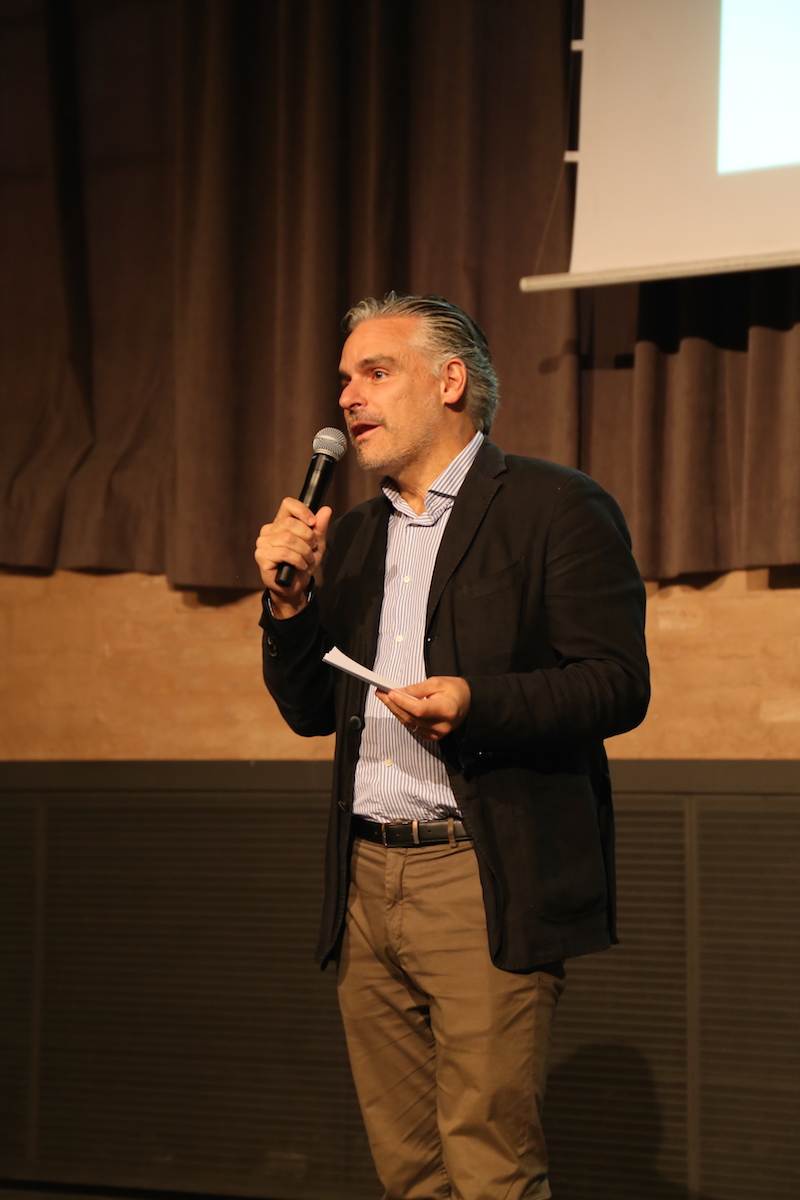
Finally, this edition of The Color Community was dedicated to Juan Gratacós Ortiz, president of Gratacós in a tribute after his recent death. “My father has always been a lover of colour and textures and in some way he is still present among us , “explained his son Juan Gratacós, full of emotion.


